On Sunday, a Reddit user named "Ugleh" posted an AI-generated image of a spiral-shaped medieval village that rapidly gained attention on social media for its remarkable geometric qualities. Follow-up posts garnered even more praise, including a tweet with over 145,000 likes. Ugleh created the images using Stable Diffusion and a guidance technique called ControlNet.
Reactions to the artwork online ranged from wonder and amazement to respect for developing something novel in generative AI art. "Never seen pictures like this. Something new in the world of art," wrote one X user. "Tbh, I’ve seen a LOT of ai art, been in this space a long long time, and this is one of the most awesome pieces I’ve ever seen. You did so good," wrote AI artist Kali Yuga on X.
Perhaps most notably, Y-Combinator co-founder and frequent social media tech commentator Paul Graham wrote, "This was the point where AI-generated art passed the Turing Test for me." While Graham was referencing the Turing Test (which purports to test if a machine's behavior is indistinguishable from a human) as a metaphor rather than literally, he was clearly impressed.
Not everyone was impressed, of course, with some X users attempting to pick apart the compositional elements of the AI-generated spiral village. "It's nice, but there are lots of decisions a human wouldn't make," wrote a graphic designer named Trent. "A lot of the shadows aren't correct, and putting chimneys right above windows makes no sense. Zooming in there are also the tell-tale noise patterns of AI art."
In June, we covered a technique that used the AI image synthesis model Stable Diffusion and ControlNet to create QR codes that look like rich artworks, including anime-inspired art. Ugleh took the same neural network optimized for creating those QR codes (which themselves are geometric shapes) and fed simple images of spirals and checkerboard patterns into it instead.
When guided by the prompt, "Medieval village scene with busy streets and castle in the distance (masterpiece:1.4), (best quality), (detailed)," ControlNet rendered scenes where artistic elements of the images match the perceptual shapes of spirals and checkerboards. In one image, the clouds arc overhead and people stand in a gentle curve to match the spiral guidance. In another, squares of clouds, hedges, building faces, and a wagon cart make up a checkerboard-shaped scene.
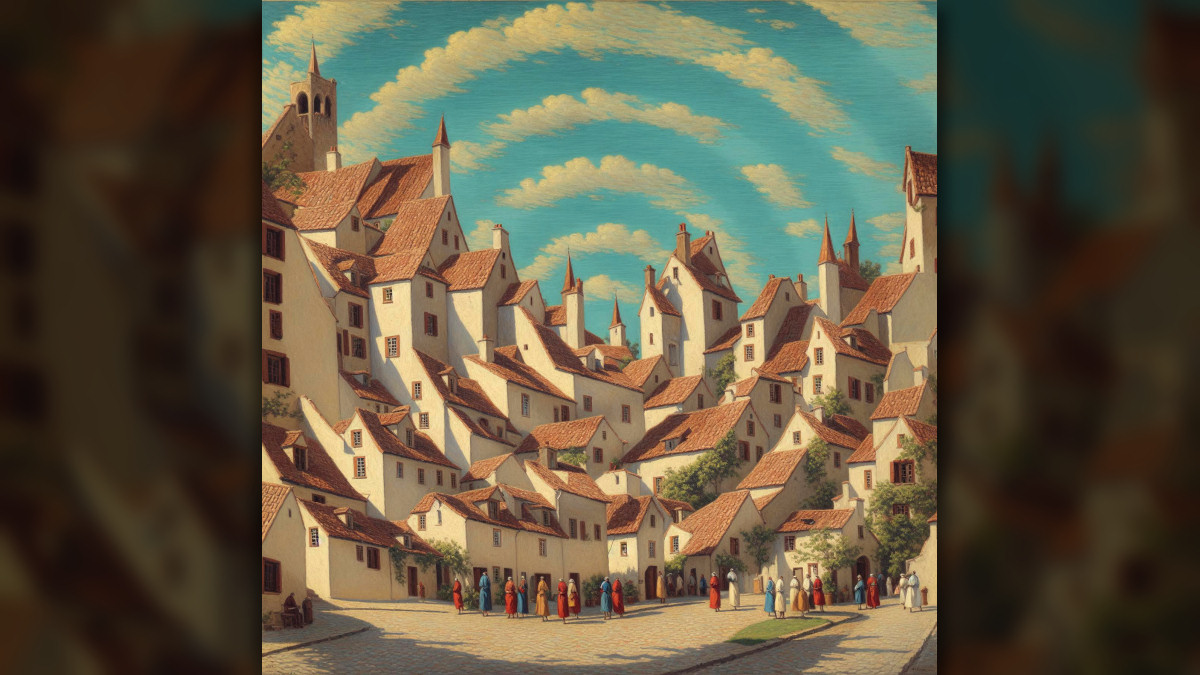
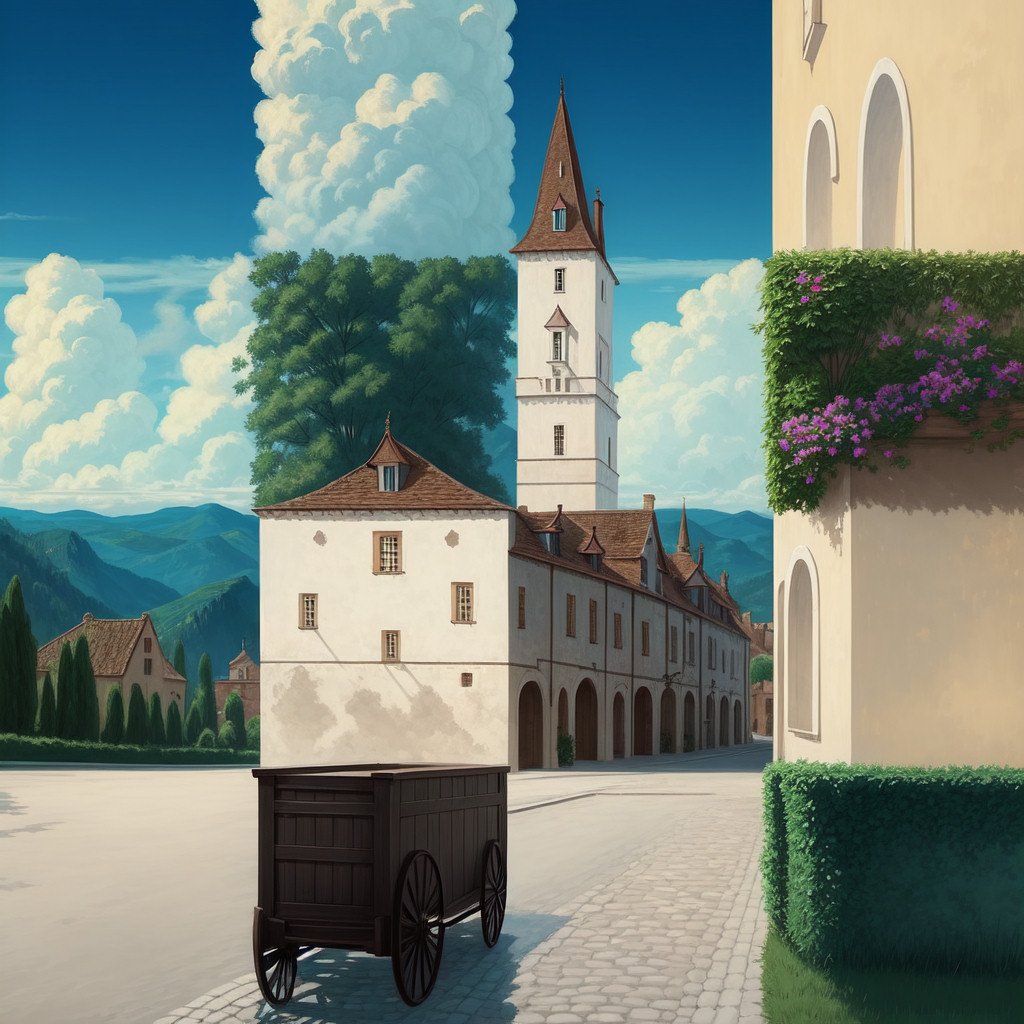
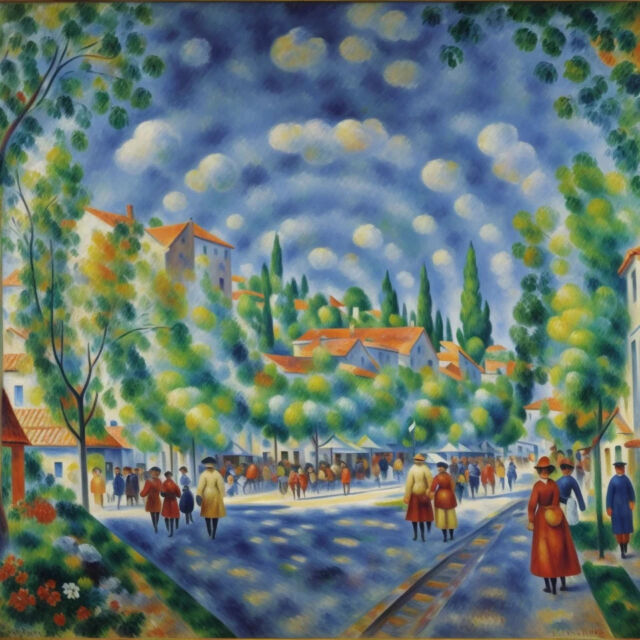
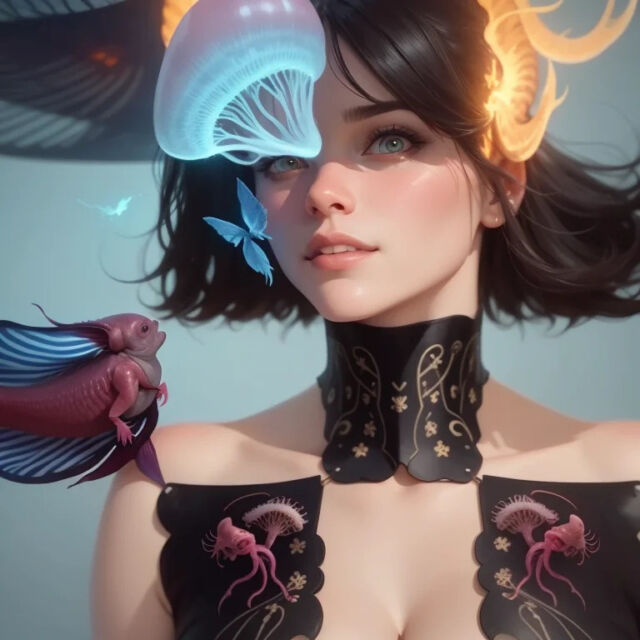
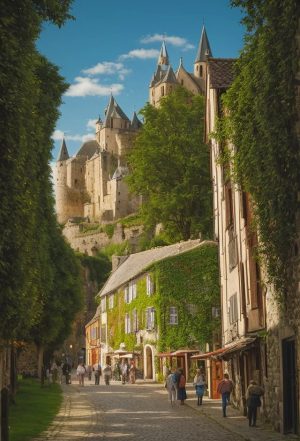
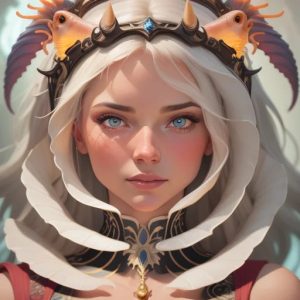

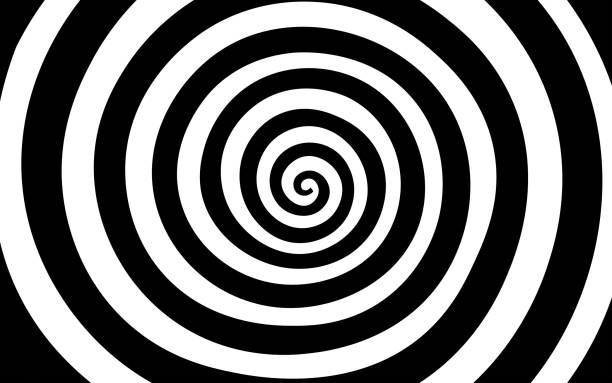
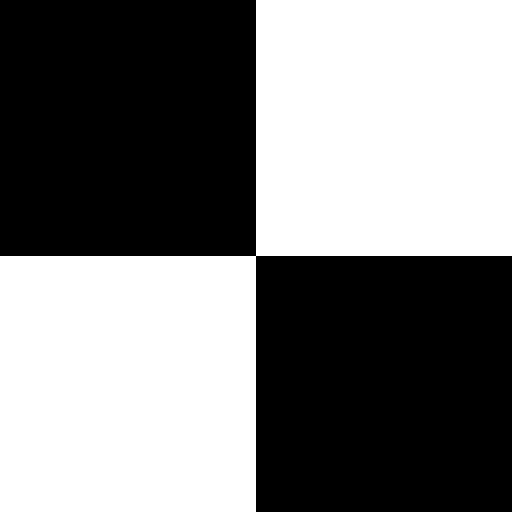
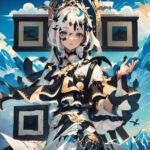
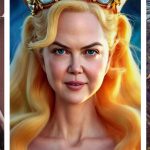
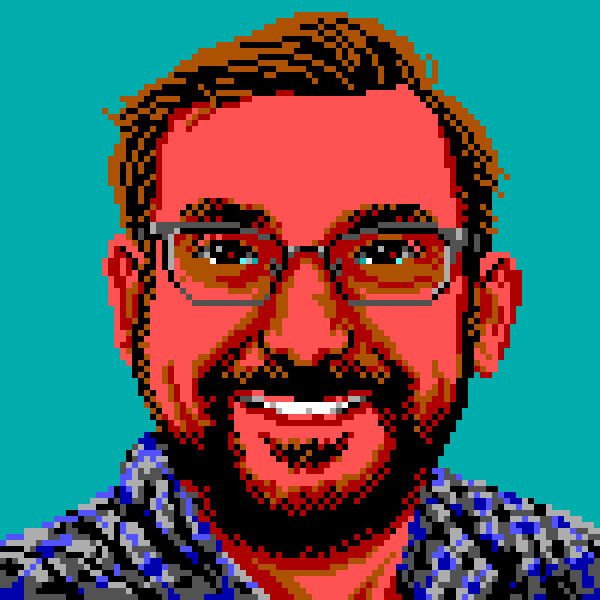
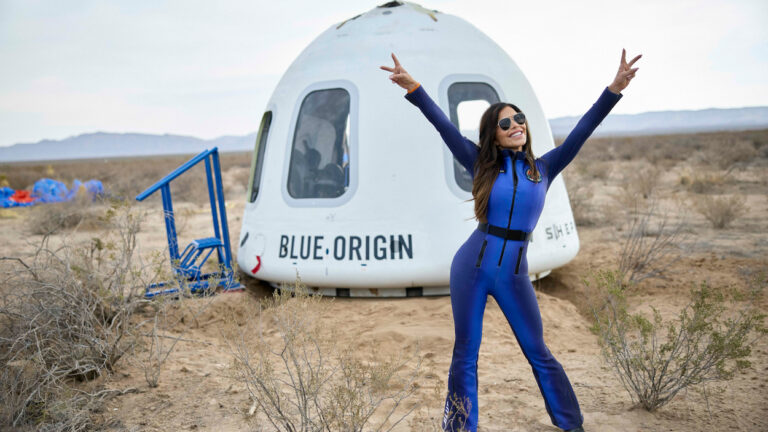
It's not like they asked an AI to "make something that will wow me" and it produced this out of thin air.